Qinqin Zhang
IRCCyN, DIE
CommunityGAN: Community Detection with Generative Adversarial Nets
Jan 23, 2019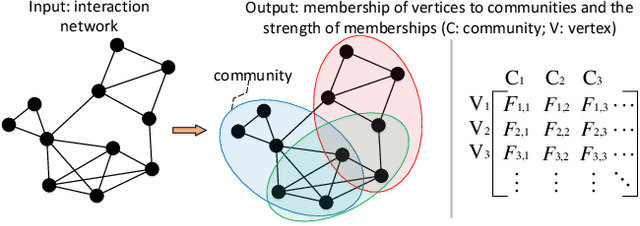

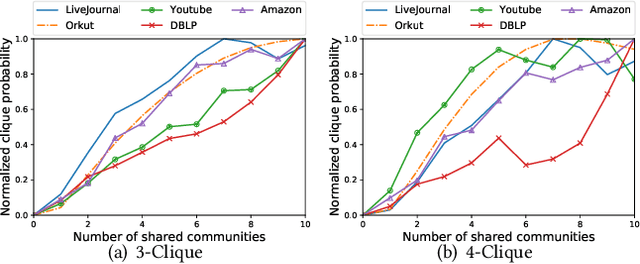
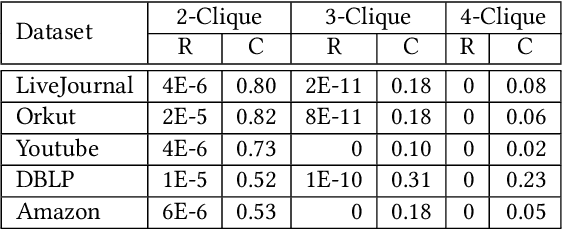
Abstract:Community detection refers to the task of discovering groups of vertices sharing similar properties or functions so as to understand the network data. With the recent development of deep learning, graph representation learning techniques are also utilized for community detection. However, the communities can only be inferred by applying clustering algorithms based on learned vertex embeddings. These general cluster algorithms like K-means and Gaussian Mixture Model cannot output much overlapped communities, which have been proved to be very common in many real-world networks. In this paper, we propose CommunityGAN, a novel community detection framework that jointly solves overlapping community detection and graph representation learning. First, unlike the embedding of conventional graph representation learning algorithms where the vector entry values have no specific meanings, the embedding of CommunityGAN indicates the membership strength of vertices to communities. Second, a specifically designed Generative Adversarial Net (GAN) is adopted to optimize such embedding. Through the minimax competition between the motif-level generator and discriminator, both of them can alternatively and iteratively boost their performance and finally output a better community structure. Extensive experiments on synthetic data and real-world tasks demonstrate that CommunityGAN achieves substantial community detection performance gains over the state-of-the-art methods.
Generating retinal flow maps from structural optical coherence tomography with artificial intelligence
Feb 24, 2018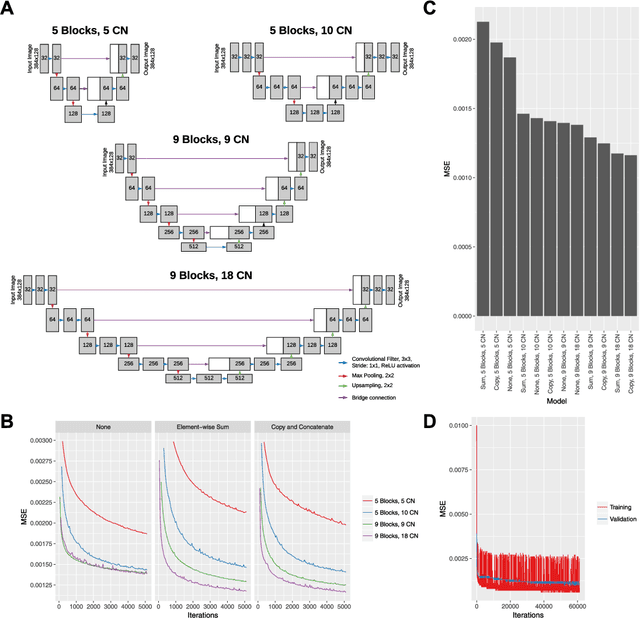
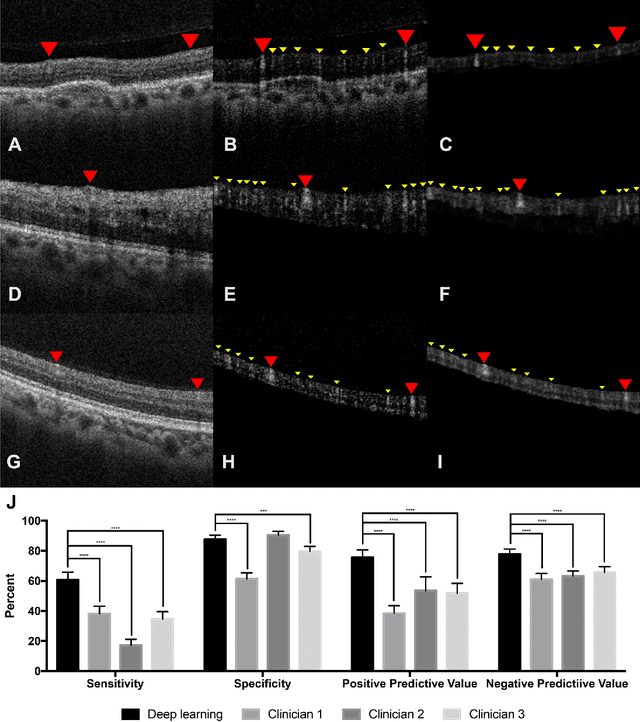
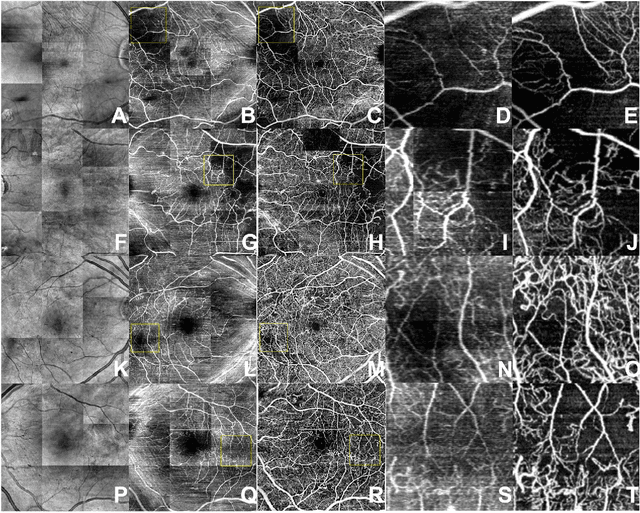
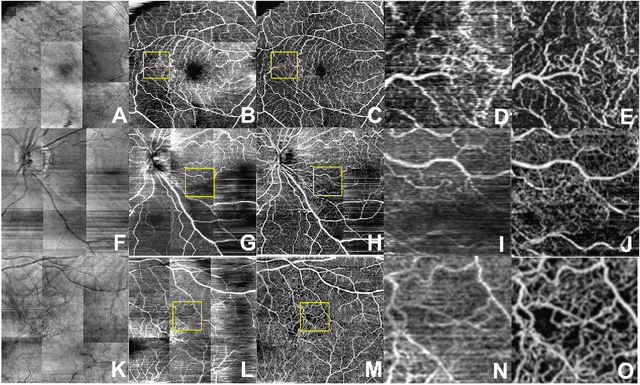
Abstract:Despite significant advances in artificial intelligence (AI) for computer vision, its application in medical imaging has been limited by the burden and limits of expert-generated labels. We used images from optical coherence tomography angiography (OCTA), a relatively new imaging modality that measures perfusion of the retinal vasculature, to train an AI algorithm to generate vasculature maps from standard structural optical coherence tomography (OCT) images of the same retinae, both exceeding the ability and bypassing the need for expert labeling. Deep learning was able to infer perfusion of microvasculature from structural OCT images with similar fidelity to OCTA and significantly better than expert clinicians (P < 0.00001). OCTA suffers from need of specialized hardware, laborious acquisition protocols, and motion artifacts; whereas our model works directly from standard OCT which are ubiquitous and quick to obtain, and allows unlocking of large volumes of previously collected standard OCT data both in existing clinical trials and clinical practice. This finding demonstrates a novel application of AI to medical imaging, whereby subtle regularities between different modalities are used to image the same body part and AI is used to generate detailed and accurate inferences of tissue function from structure imaging.
A Framework to Illustrate Kinematic Behavior of Mechanisms by Haptic Feedback
Jul 18, 2007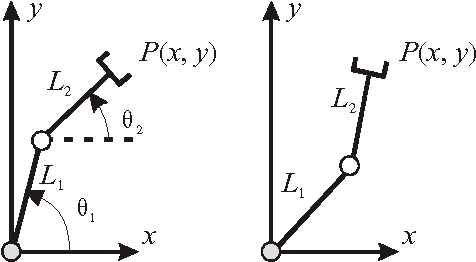
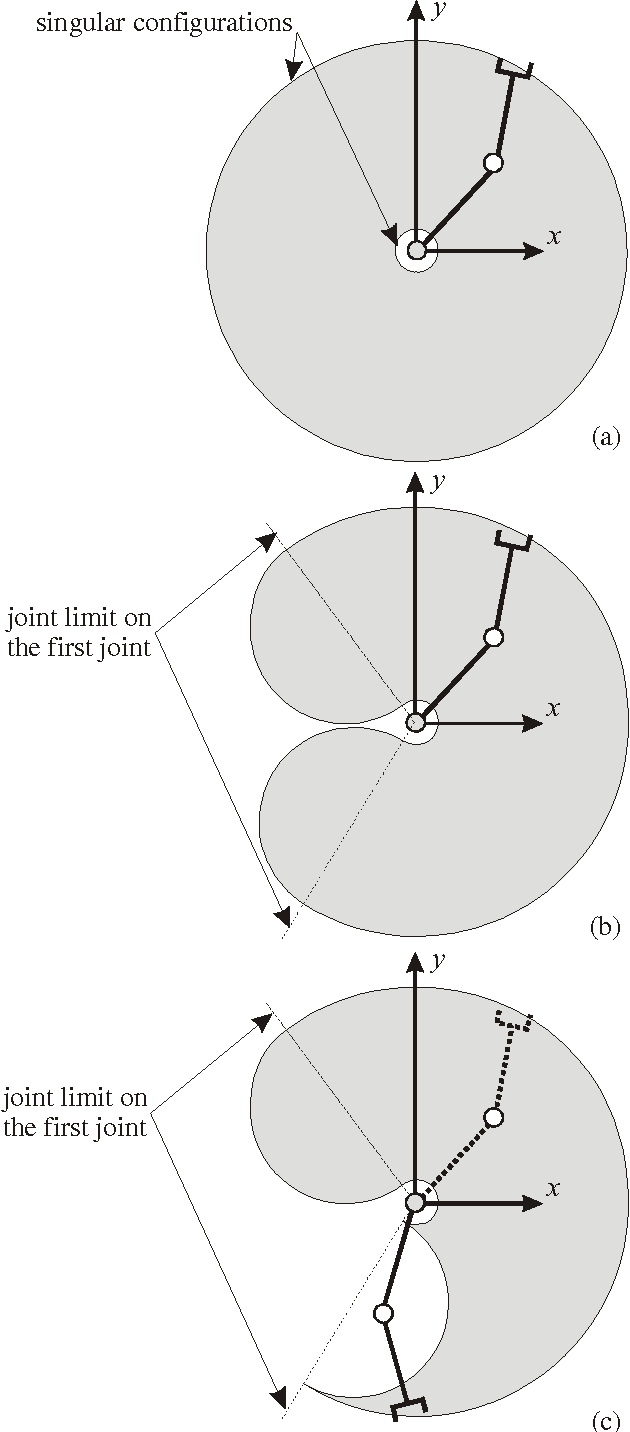
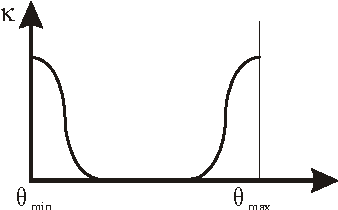
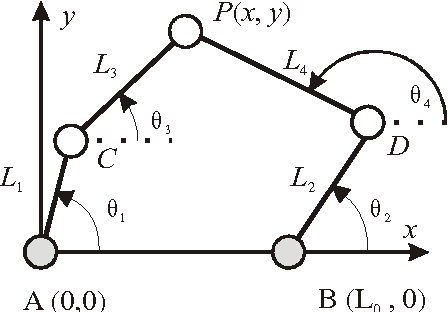
Abstract:The kinematic properties of mechanisms are well known by the researchers and teachers. The theory based on the study of Jacobian matrices allows us to explain, for example, the singular configuration. However, in many cases, the physical sense of such properties is difficult to explain to students. The aim of this article is to use haptic feedback to render to the user the signification of different kinematic indices. The framework uses a Phantom Omni and a serial and parallel mechanism with two degrees of freedom. The end-effector of both mechanisms can be moved either by classical mouse, or Phantom Omni with or without feedback.
 Add to Chrome
Add to Chrome Add to Firefox
Add to Firefox Add to Edge
Add to Edge